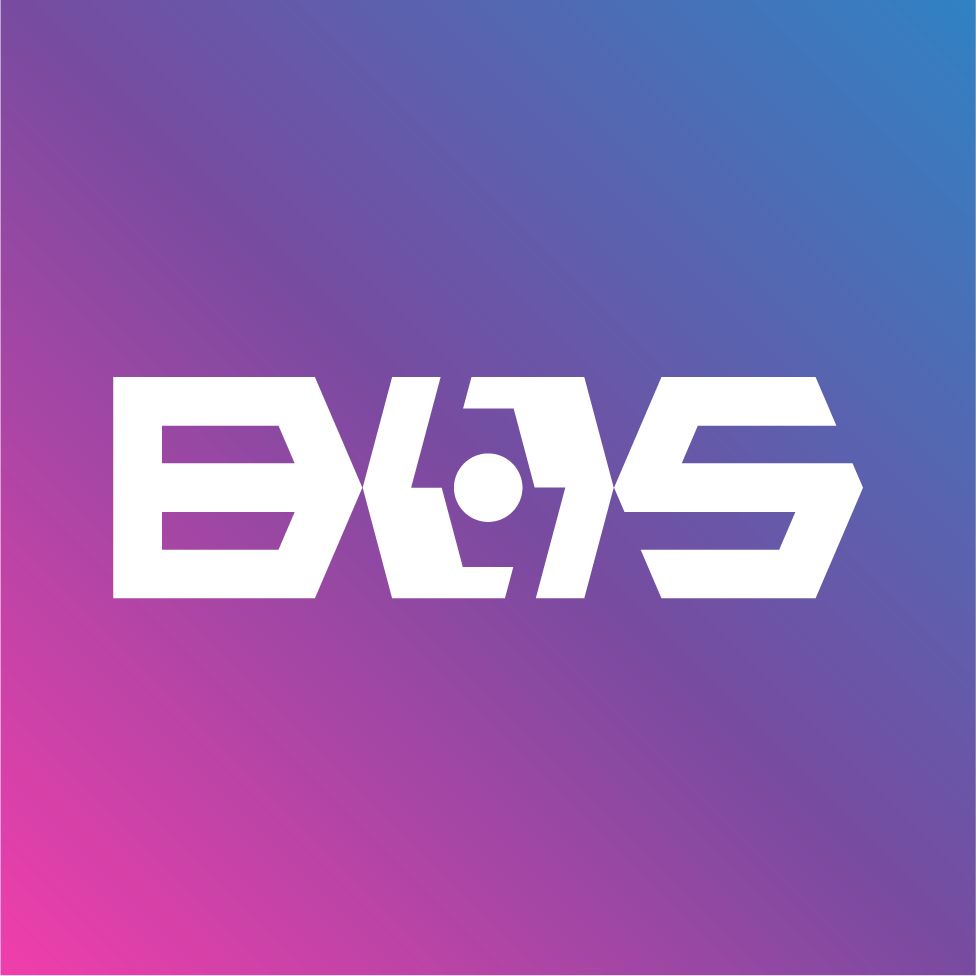296 reads
Can I Trust You? Ensuring Honesty in Decentralized Systems: Oracle Manipulation & OEV
by
January 18th, 2023
Audio Presented by

The Blockchain Oracle Summit is the only event in the world to focus solely oracles.
About Author
The Blockchain Oracle Summit is the only event in the world to focus solely oracles.